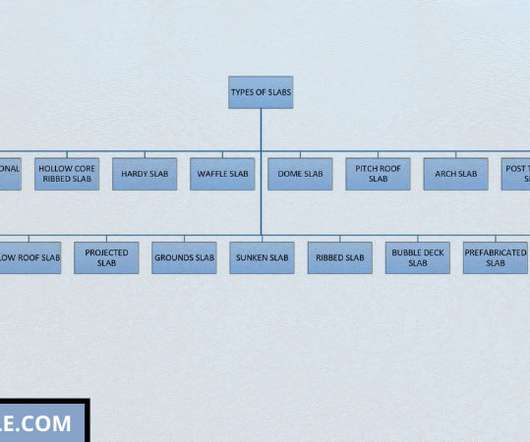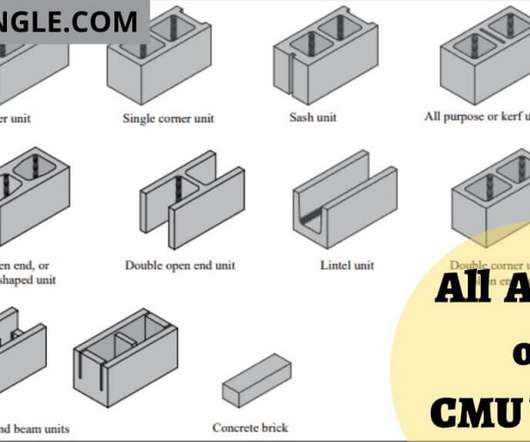House Underpinning: Ensuring Structural Integrity
CCR Magazine
JANUARY 22, 2024
All residential and commercial buildings require sturdy, reliable foundations to remain structurally sound over decades of shifting soil, erosion, changing weather patterns, and typical wear-and-tear. Acting quickly to professionally underpin saves the wider property structure before problems compound exponentially.





















Let's personalize your content